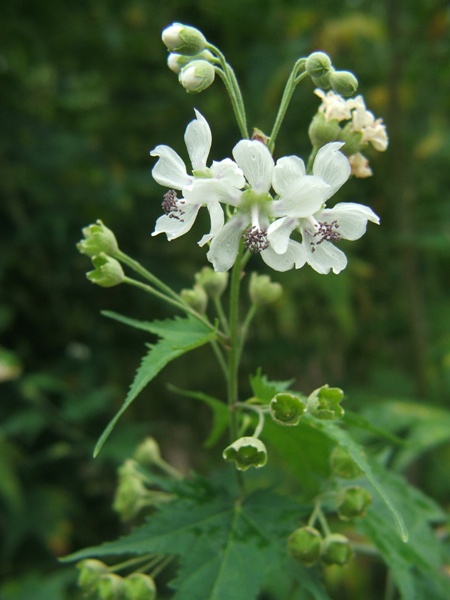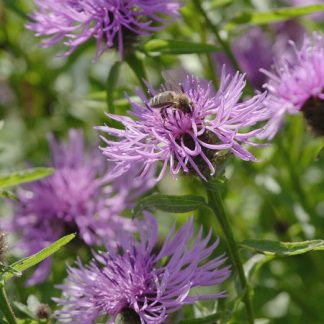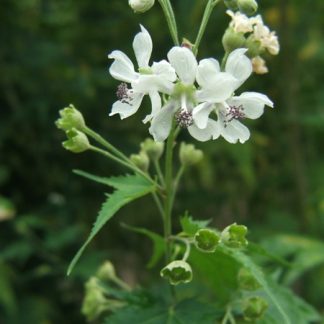Description
Malvaceae (family name)
Common name: Virginia Mallow
Forage for Pollinators:Produces Nectar and Pollen for especially Honeybees (and is a honey crop where plantations exist yielding up to 48Kg/acre), Short-tongued Bumblebees and Solitary bees
Flowering time: July, August, September
Growing information: HERBACEOUS PERENNIAL native to North America but grown in Europe since the 1930’s. This plant is too dominant for most gardens, and can be invasive where it may be unwanted. But perhaps its benefits outweigh the fact it’s a non-native (like so many plants and trees naturalized in the British Isles!)end It grows in full sun and partial shade, is tolerant of a wide range of different soil conditions from heavy to poor and dry and completely resists drought of summer and is winter hardy to minus 35ºC. The species will live for 15-20 years, providing a good harvest on all kinds of lands.
This wonderful plant provides great opportunities for bee-keepers as well. It’s a real bee pasture providing high honey yields. (The plant has become of interest to Polish scientists, especially at the former Agricultural Academy (currently the University of Life Sciences) in Lublin. The species is considered to be a multipurpose plant with potential application as biomass for energy generation, fodder crop, honey plant, fiber plant for the paper industry, a soil-stabilizing plant for recultivation of contaminated and devastated soils, and even a source of medication (for a smart and comprehensive review see Borkowska and Styk, 2006. Chudzik Barbara, Szczuka Ewa, Domaciuk Marcin, Pavlov Danail)
The third year following planting, the species grows 20-40 stems from one stool which stems will die back from during winter. The ideal planting density is 12 – 50 thousand stools/acre. In the first period, it grows quite slowly and is sensitive to weeds, and why preparation of the soil is important. In its first year it reaches a height of 60-90 cm, very slowly, but from the second year it grows to 2.5 – 4 meters. Sida does not require special artificial fertilizers so is ideal for organic systems, and has huge potential in the agricultural landscape to help pollinators.





